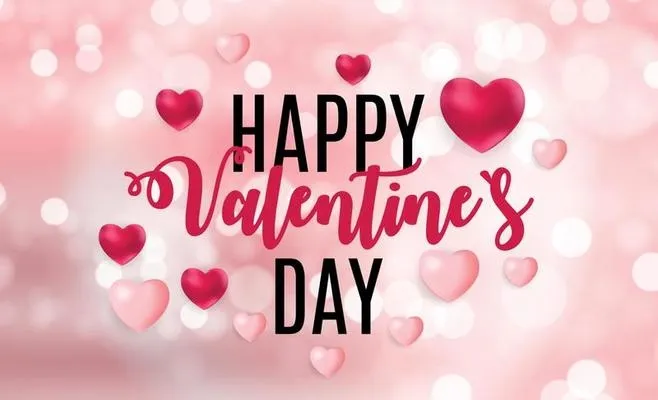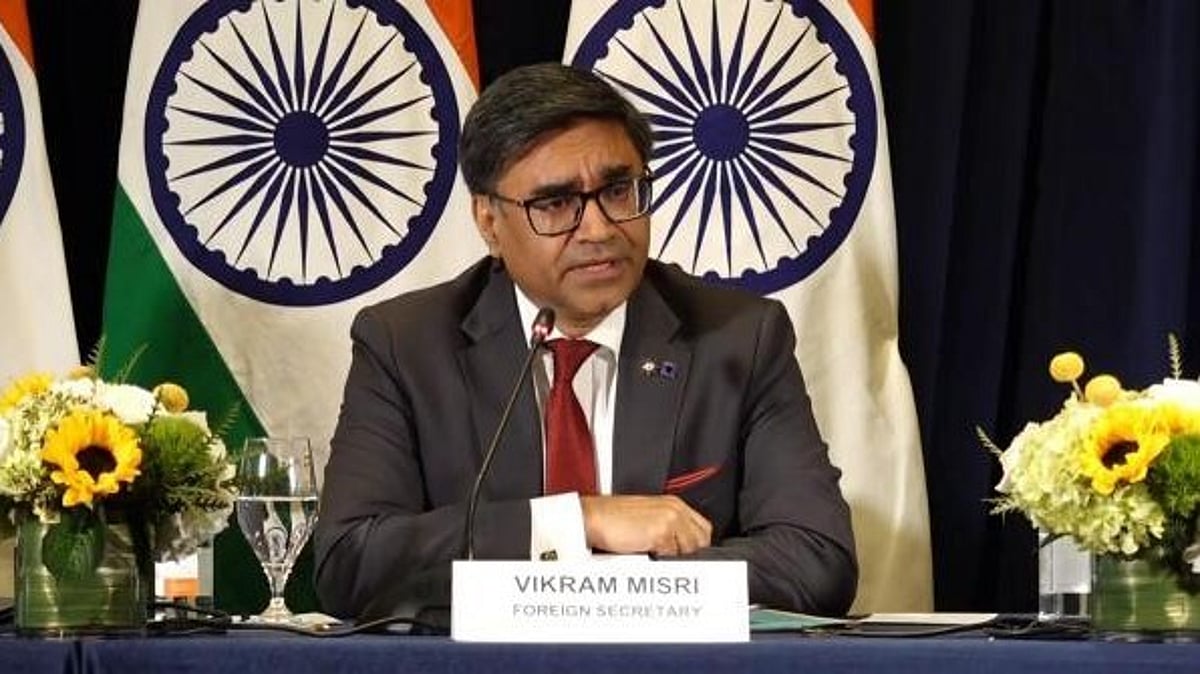Valentine's Day: A Celebration of Love and Affection...!!!
Valentine's Day is a celebration that transcends borders and cultures, uniting people in the shared expression of love and affection. From its ancient origins to its modern-day significance, Valentine's Day continues to inspire acts of kindness, romance, and appreciation.

Introduction
Celebrated annually on February 14th, Valentine's Day is a day dedicated to expressing love and affection. Rooted in ancient Roman traditions and Christian martyrdom, this day has evolved into a global celebration embraced by people of all ages and cultures. This overview delves into the history, significance, and various customs associated with Valentine's Day, as well as its impact on popular culture and commerce.
Historical Origins
Valentine's Day traces its history back to ancient Rome, where the festival of Lupercalia was celebrated in mid-February. This pagan festival involved fertility rites and the pairing of couples through a lottery system. In the 5th century, Pope Gelasius I replaced Lupercalia with St. Valentine's Day, named after one or more Christian martyrs named Valentine. The most widely recognized St. Valentine was a priest who defied Emperor Claudius II's ban on marriages by secretly marrying couples. Martyred on February 14th, around 270 AD, he became the patron saint of lovers.
Evolution of Traditions
Valentine's Day traditions have significantly evolved over the centuries:
-
Middle Ages: By the Middle Ages, Valentine's Day had become associated with romantic love, partly due to the writings of Geoffrey Chaucer. In "The Parliament of Fowls," Chaucer linked the day with the mating of birds, reinforcing the idea of love and courtship.
-
17th and 18th Centuries: Valentine's Day gained popularity in England, where lovers exchanged handmade cards and tokens of affection. The practice of writing love letters and poetry became widespread.
-
19th Century: The industrial revolution ushered in the mass production of Valentine's Day cards, making them more accessible to the public. Esther Howland, known as the "Mother of the American Valentine," popularized the sending of elaborate cards in the United States.

Modern Celebrations
Today, Valentine's Day is celebrated worldwide with various customs and traditions:
-
Exchanging Cards: Valentine's Day cards remain one of the most popular ways to express affection. These cards often feature romantic messages, poems, and images of hearts, flowers, and cherubs.
-
Gifts and Flowers: Giving gifts such as chocolates, jewelry, and flowers (especially red roses) is a common Valentine's Day tradition. These gifts symbolize love and appreciation.
-
Romantic Dinners: Many couples celebrate Valentine's Day with a special meal, either at a restaurant or cooked at home. Candlelit dinners and gourmet cuisine add to the romantic atmosphere.
-
Acts of Love: Beyond material gifts, acts of love and kindness are central to Valentine's Day celebrations. This can include spending quality time together, planning surprises, and creating memorable experiences.

Impact on Popular Culture
Valentine's Day has left an indelible mark on popular culture:
-
Literature and Film: Numerous poems, novels, and movies revolve around themes of love and romance, often featuring Valentine's Day as a central plot point. Iconic films like "Valentine's Day" and romantic classics like "Romeo and Juliet" highlight the day's cultural significance.
-
Music: Countless love songs have been written to celebrate romantic relationships, many of which are popular choices for Valentine's Day playlists and serenades.
-
Commercialization: Valentine's Day has become a major commercial event, with significant economic impact. Retailers, florists, and confectioners experience a surge in sales as people purchase cards, gifts, and treats for their loved ones.
Inclusivity and Diversity
In recent years, Valentine's Day has become more inclusive and diverse:
-
Friendship and Family: The celebration of love extends beyond romantic relationships. Many people use Valentine's Day to express love and appreciation for friends and family members.
-
Self-Love: Emphasizing self-care and self-love has gained traction, encouraging individuals to prioritize their well-being and happiness.
-
LGBTQ+ Community: Valentine's Day celebrations have become more inclusive of LGBTQ+ relationships, promoting love and acceptance for all.
Valentine's Day is a celebration that transcends borders and cultures, uniting people in the shared expression of love and affection. From its ancient origins to its modern-day significance, Valentine's Day continues to inspire acts of kindness, romance, and appreciation. Whether through traditional customs or new, inclusive practices, Valentine's Day remains a cherished occasion that celebrates the beauty of love in all its forms.
What's Your Reaction?
















